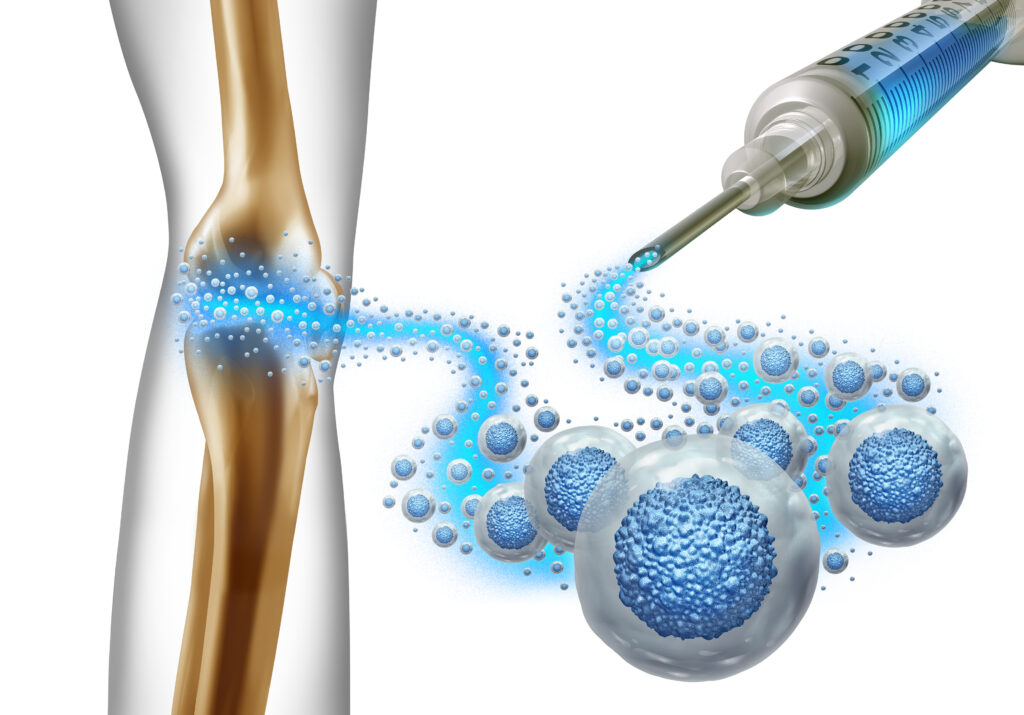Extracellular vesicles (EVs) are gaining significant attention in the field of regenerative medicine due to their unique properties that reflect those of their parent cells. Researchers have been particularly focused on mesenchymal stem cell-derived EVs, which are known for their regenerative potential. Recent advancements in engineering techniques have opened new avenues for enhancing the functionality of these vesicles, allowing for potential treatments across various diseases.
The engineering of EVs can be approached through both endogenous and exogenous methods. While endogenous methods involve incorporating substances directly into the cells that produce EVs, they can pose challenges, especially when metabolic changes occur within the cells. These changes may lead to unintended side effects. On the other hand, exogenous approaches often face limitations, such as the risk of losing beneficial factors contained within the EVs due to membrane disruption during the engineering process. Additionally, surface modifications of EVs may hinder their efficiency because of the proteins present on their surfaces.
In a recent study, researchers developed a novel and efficient method for engineering EVs using an ethanol-mediated hybridization technique. This innovative approach involves combining EVs with functionalized lipid nanoparticles (LNPs) that contain a fusogenic lipid component. The hybridization process successfully preserves the internal bioactive factors and targeting moiety of both the LNPs and EVs, resulting in a new entity known as the Ab-Hybrid.
The Ab-Hybrid was specifically synthesized by hybridizing nicotinamide-encapsulated and Col2A1 antibody-modified liposomes with transforming growth factor-β1 (TGF-β1)-overexpressed EVs. This engineered product was then administered to rat models experiencing osteoarthritis (OA) induced by the destabilization of the medial meniscus. The results were promising: the Ab-Hybrid exhibited remarkable chondroprotective and anti-inflammatory effects while also demonstrating targeted and long-lasting properties in OA lesions.
This study illuminates the potential of hybrid particles as a versatile platform technology in the realm of EV engineering. The researchers anticipate that their methods will not only enhance the efficacy of EVs in treating osteoarthritis but may also be applicable to a range of other diseases, showcasing the transformative potential of EV engineering in modern medicine.
The authors of this study include Jun Yong Kim, Won-Kyu Rhim, Seung Yeon Lee, Jung Min Park, Duck Hyun Song, Seung-Gyu Cha, Sang-Hyuk Lee, Dong-Youn Hwang, Byoung Ju Kim, Seungsoo Rho, Tae-Keun Ahn, Chun Gwon Park, and Dong Keun Han. Their collaborative work stands as an important contribution to the advancement of therapeutic strategies utilizing EVs, propelling the field toward innovative treatments for complex diseases.


